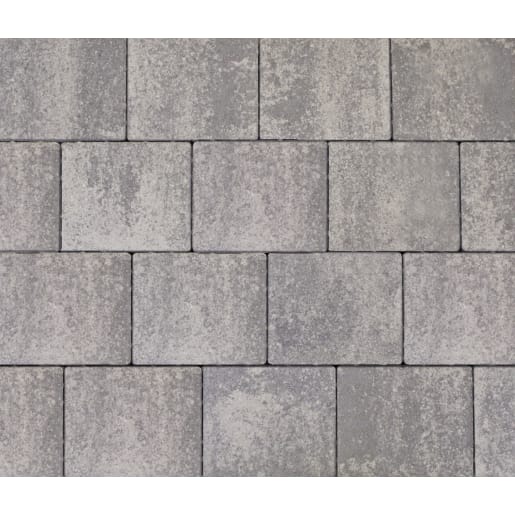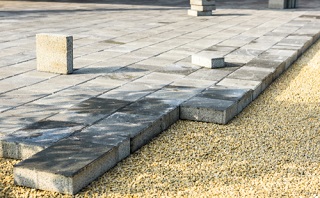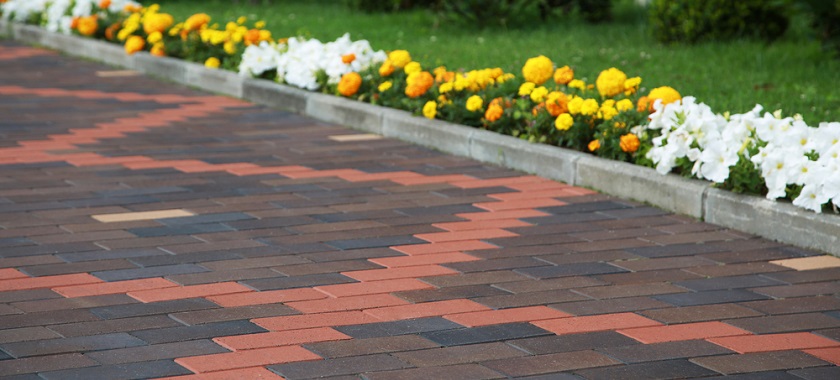What are the laws on shared driveways?
Some homes have a shared driveway, which makes building and maintenance more difficult. There are two types of shared driveways in the UK. Some are owned by both homes, and other shared driveways belong to one home but are used by others.
The owner of a shared driveway is different for every situation. For example, one homeowner may own the driveway, but a neighbour could have the right to it. Ask the homeowner to look at the property deeds for driveway access rights. Whoever uses the driveway is expected to look after it. Homeowners are also not allowed to store objects such as bins on the shared driveway.
People must use the space equally. Homeowners can take a neighbour to court if they are using the driveway too much or blocking access to their home or garage.
How to separate a shared driveway
Homeowners may wish to separate their shared driveway. However, they can only do this if the deed says the boundary line is in the middle of the driveway.
Separation is more difficult if both homes can access the entire driveway, or if there are rules saying homeowners can’t block the driveway or build on it. Homeowners can build a small wall or fence down the driveway to separate it if ownership is shared equally and the boundary line is in the middle. They just need to make sure the other home can still use it properly.

















